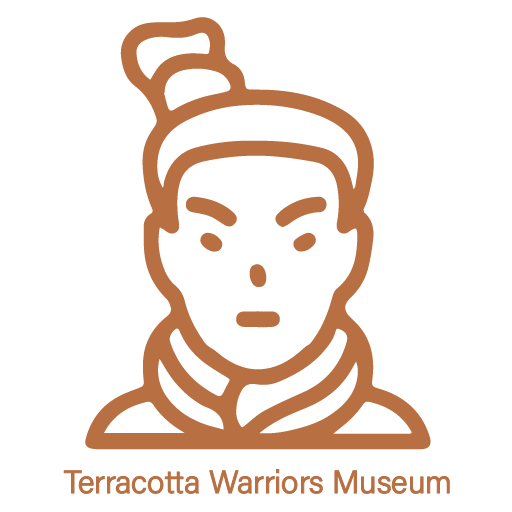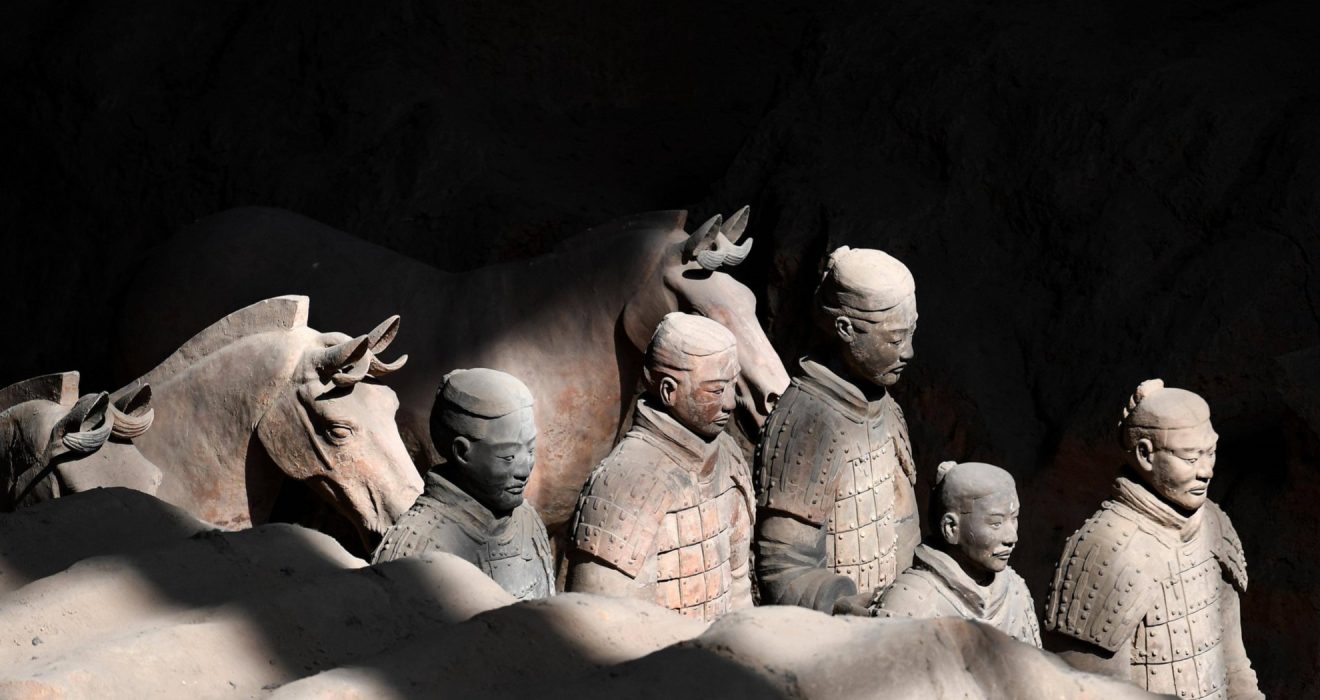Who Built the Terracotta Warriors?
The Terracotta Warriors and horses were built 2,200 years ago under the decree of Qin Shi Huang known as emperor Qin, the first emperor of China. He built the Terracotta Warriors aimed to protect him in the afterlife. Understanding who built these warriors offers insight into the labor and artistry of ancient China.
Emperor Qin Shihuang, who ruled from 259 to 210 BCE, ordered the construction of the Terracotta Army shortly after ascending to the throne. He wanted a grand burial site that would ensure his protection in the afterlife. To achieve this, he appointed Prime Minister Li Si as the designer of the project. General Zhang Han was nominated as the supervisor responsible for overseeing the construction.
Craftsmen Who Made the Terracotta Warriors
The craftsmen that built the Terracotta Warriors was vast and varied. It included artisans from central government workshops and potters from local folk workshops. Additionally, some workers remain unknown, but their contributions were vital to this grand endeavor.
During excavations, experts discovered around 80 recognizable names carved or stamped on some of these figures. These names were often found in hidden places, such as on the hips or under the arms of the statues. Research indicates that these names belonged to actual workers who participated in creating the Terracotta Warriors.

Where did the Workers Come from to Build Terracotta Warriors? ( by types & Geographic Diversity)
The recognized names can be categorized into three distinct types:
- Government Workers: Names starting with “宫 (gong)”, “右 (you)”, or “大 (da)” indicate workers affiliated with government agencies.
- Geographical Workers: Names with geographical prefixes show that artisans came from various regions across China.
- Unknown Workers: Some names lack any prefix or postfix, categorizing them as unknown workers.
The geographical prefixes include names like Xianyang, Yueyang, and Linjin. This evidence suggests that skilled artisans were recruited from all over China. They came not only from Shaanxi Province but also from present-day Henan, Hubei, Shandong, and Shanxi Provinces. Notably, Xianyang contributed a significant number of outstanding potters for this monumental project.
Unique Terracotta Warriors Made by Different Workers
The Terracotta Warriors exhibit distinct artistic styles depending on their creators. Those crafted by artisans from central government workshops tend to appear dignified and majestic. In contrast, figures made by folk artisans appear more lively and fresh. This difference reflects their life experiences and environments.
Generally speaking, artisans from government workshops displayed higher technical skill levels compared to their folk counterparts. This variance is evident in the details and overall appearance of each warrior.

How Many Workers Constructed the Terracotta Warriors?
In total, nearly 720,000 workers participated in constructing Qin Shi Huang’s mausoleum. This number is about eight times greater than those who built Egypt’s Pyramid of Khufu. While it is difficult to determine how many specifically worked on the Terracotta Army, it is clear that a substantial workforce was involved given the project’s scale.
Tragic Fate of Workers Who Built the Terracotta Warriors
Despite their exceptional skills and significant contributions, many artisans faced a tragic fate after completing their work on the Terracotta Warriors. Following Emperor Qin Shihuang’s death, his successor Hu Hai ordered that these skilled workers be buried alive within the tomb passages. This gruesome act was intended to keep the secrets of his mausoleum hidden forever.
Thus, these artisans became victims of their own craftsmanship. They have guarded the entrance to Qin Shi Huang’s tomb ever since.
To know more about the significance of Terracotta Warriors:


